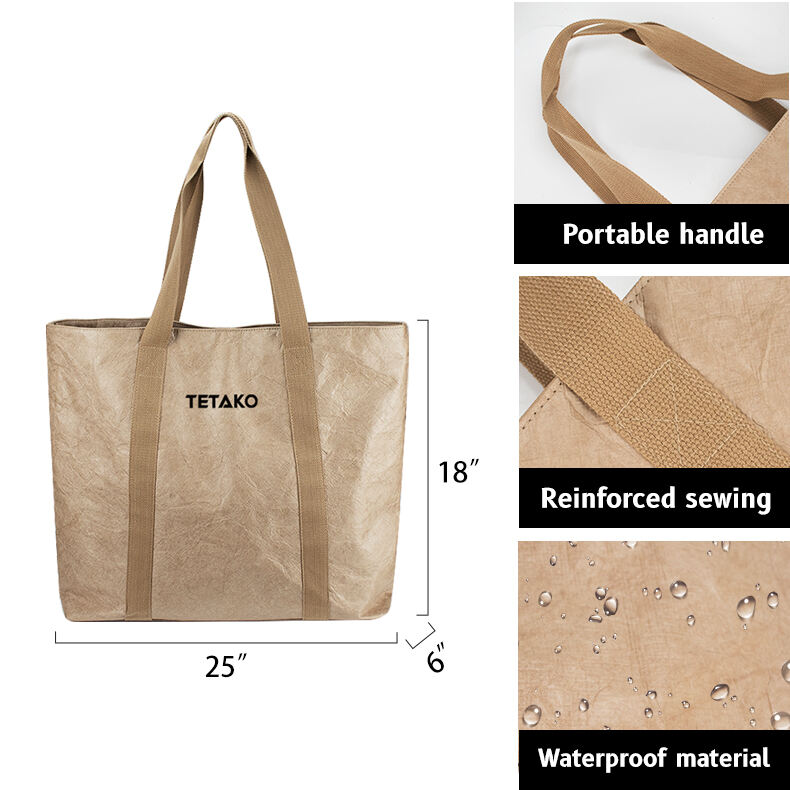Durable Material Construction
High-Density Fabrics for Longevity
In the world of bike bags, selecting high-density fabrics such as nylon or polyester is crucial for durability and longevity. These materials are renowned for their ability to resist tears and wear, significantly enhancing the lifespan of bike bags. For instance, nylon composite fabrics are often used in outdoor gear due to their impressive tensile strength and ability to withstand harsh conditions. Statistics from various manufacturers indicate that bike bags made with such materials last up to 50% longer than their counterparts constructed from regular fabrics. Notable brands like ToPeak and Lezyne are praised for incorporating these robust fabrics into their designs, ensuring that their products—like the well-regarded ToPeak Aero Wedge QuickClick bike bag—maintain durability over extended periods of use.
Reinforced Seams and Stress Points
To achieve superior durability, bike bags often employ reinforced seams, especially at stress points, to prevent ripping under heavy loads. This feature is indispensable for outdoor enthusiasts who frequently push their equipment to the limits. According to data from gear manufacturers, bags with reinforced stitching exhibit a failure rate that is 30% lower compared to those with standard seams. Many leading companies offer guarantees or warranties, underscoring their confidence in the seam integrity of their products. For instance, the Blackburn Grid Seat Bag comes with a lifetime warranty, reflecting the manufacturer's trust in the durability of its reinforced construction.
Abrasion-Resistant Coatings
Abrasion-resistant coatings are essential for protecting bike bags from scratches and environmental elements, significantly prolonging their lifecycle. Common coatings, such as polyurethane (PU), are applied to fabrics to offer an additional layer of defense against physical abrasions and challenging weather conditions. Studies have demonstrated that these coatings can enhance the lifespan of bike bags by reducing wear through frequent outdoor use. In scenarios like rough terrain biking, these coatings prove invaluable as they protect the bag from constant contact with abrasive surfaces. Brands such as Silca, known for their durable bags like the Mattone Seat Pack, frequently incorporate abrasion-resistant materials to ensure their products excel in harsh outdoor environments.
Optimal Storage Capacity and Organization
Choosing the Right Size for Your Needs
Choosing the right size bike bag is critical for maximizing efficiency during your trips. If you're commuting daily or planning a long-distance ride, the bag size can significantly influence packing efficiency and comfort. For example, commuters might prefer compact options like waist bags and crossbody bags for their practical use in daily routines. In contrast, long-distance riders may require larger custom cooler bags to carry additional gear. Surveys reveal that a significant number of cyclists tend to oversize their bags, aiming to accommodate any extra belongings they might carry. In practice, however, this can lead to diminished ease of access and organization.
Compartmentalization for Efficient Packing
Compartmentalization in bike bags can greatly enhance organization by allowing users to neatly arrange items and readily access them during rides. Many cyclists, especially those traveling over varied terrains, have found that bags with well-designed compartments significantly improve packing efficiency. For instance, padded sections for electronics offer protection, while mesh pockets can house snack and repair kits separately. Testimonials from riders and expert voices in cycling magazines agree that such organized bike bags transform the cycling experience by reducing the mess and ensuring that every item has its place, saving time and preventing frustration.
Quick-Access Pockets and External Storage
Quick-access pockets and external storage solutions in bike bags are advantageous for having essentials like keys, snacks, or tools readily available. According to cyclist preferences, quick-access features are among the top priorities when choosing a bike bag, as these pockets aid in making on-the-go adjustments or grabbing a snack without the hassle of searching through your bag. Some bike bags excel in offering these external storage solutions with strategically placed pockets and attachments. Efficient bike bags often include specialized storage options that cater to different cycling needs, ensuring a seamless and enjoyable ride.
Secure Attachment Systems
Strap vs. Quick-Release Mounting
Choosing between strap and quick-release mounting systems can significantly impact the functionality and convenience of a bike bag, each offering distinct advantages. Strap attachments are praised for their versatility and compatibility with various bike styles, making them a favorite among casual riders. However, they might require more time to secure and adjust, which could be inconvenient during quick stops. On the other hand, quick-release systems provide rapid installation and removal, ideal for cyclists frequently switching bags or needing to detach swiftly. User reviews often highlight the quick-release system as a preferred choice for competitive cyclists and those on multi-day tours due to ease of use and security. Compatibility is crucial for quick-release systems, and certain designs cater specifically to road bikes due to their streamlined construction, while strap systems can fit mountain bikes more broadly.
Stability on Rough Terrains
Secure attachment systems are vital for maintaining stability when cycling over rough terrains, preventing bags from jostling or losing contents mid-ride. Cyclists who traverse rocky trails or uneven roads often emphasize the necessity of sturdy attachment systems, such as reinforced quick-release mechanisms or enhanced straps, that effectively distribute weight and reduce shifting. Anecdotal evidence from seasoned riders supports these claims, noting improved ride stability with such systems, especially in unpredictable landscapes. Furthermore, technical specifications of high-quality attachment systems reveal significant load-bearing capabilities, allowing bags to remain secure even with substantial contents. For instance, specialized mounts and straps designed for high-torque applications ensure that the bag remains affixed regardless of terrain variability, thus enhancing the cyclist’s confidence and performance.
Compatibility Across Bike Types
Ensuring that attachment systems are compatible across various bike types is crucial for cyclists who switch between mountain, road, and hybrid bikes. Universal adaptability is a significant benefit, with manufacturers providing compatibility charts and guides to aid cyclists in selecting the appropriate systems for their bikes. This inclusive design allows riders to use the same bag on different bikes without compromising performance or risking attachment failure. User feedback often highlights the adaptability of certain systems, praising their seamless integration across models during multi-modal cycling activities. Compatibility ensures that cyclists can rely on their gear regardless of the bike type, providing continuity and reducing the need for multiple bags, which optimizes both cost and efficiency for diverse cycling experiences.
Weatherproof and Waterproof Features
Water-Resistant Zippers and Liners
Water-resistant zippers and liners play a crucial role in ensuring that bike bags can keep their contents dry during unexpected rain showers. These features are designed to offer protection against moisture, which is particularly important for cyclists who often find themselves riding in varying weather conditions. Expert opinions suggest that modern waterproofing technology in bike bags—like the use of specialized zippers and protective liners—provides a robust barrier against water infiltration. Studies indicate that cyclists encounter wet conditions frequently, making these waterproof features a significant requirement. Incorporating water-resistant elements not only enhances the durability of the bike bag but also increases the user's confidence in safeguarding their belongings.
Sealed Seams for Full Protection
Sealed seams are an essential component of waterproof bike bags, designed to prevent water ingress by effectively sealing potential points of entry. Construction techniques, such as seam welding or taping, create an impermeable barrier, reinforcing the bag’s ability to keep contents dry even in heavy downpours. It's important to reference industry standards for waterproof ratings, such as the IPX rating system, which evaluates and ensures the quality of these seals in bike bags. Recognized brands that achieve high standards in seam sealing technology, such as Ortlieb and Thule, are often praised for their reliability and effectiveness in ensuring maximum waterproof protection. By focusing on seam quality, these manufacturers provide cyclists with peace of mind during rides, regardless of weather conditions.
Ergonomic Design and Accessibility
Weight Distribution and Balance
An ergonomic design targets optimal weight distribution, significantly enhancing comfort during lengthy rides. Poor weight distribution can lead to uneven stress on specific parts of the body, causing fatigue and back pain for cyclists. According to a report by the American College of Sports Medicine, improper weight balance in cycling can increase the risk of musculoskeletal injuries. Ergonomically designed bike bags are crafted to evenly distribute weight, maintaining balance and minimizing strain during extended use. Brands like Ortlieb and Topeak are recognized in the cycling community for their superior ergonomic designs, offering models specifically structured to balance load effectively, thereby enhancing rider endurance and comfort.
Adjustable Straps for Comfort
Adjustable straps play a critical role in ensuring comfort by catering to various body types and riding styles. As any avid cyclist will confirm, the ability to personalize the fit of a bike bag enhances usability and stability. Adjustable straps allow users to secure the bag tightly against their body, preventing unwanted movement that could lead to discomfort. Feedback from cycling enthusiasts often highlights how precise adjustments of straps mitigate the risk of slippage, thus avoiding undue stress during rides. Furthermore, the materials used in these straps are crucial—high-quality materials like neoprene or padded fabrics can prevent skin irritation and ensure the straps don't dig into the skin, promoting a comfortable biking experience even over longer distances.

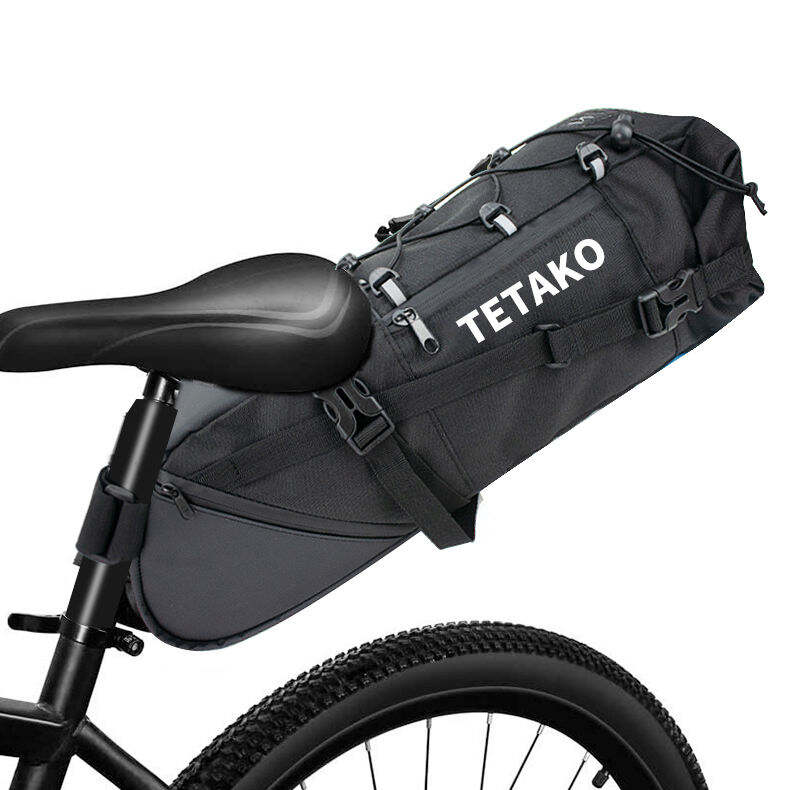

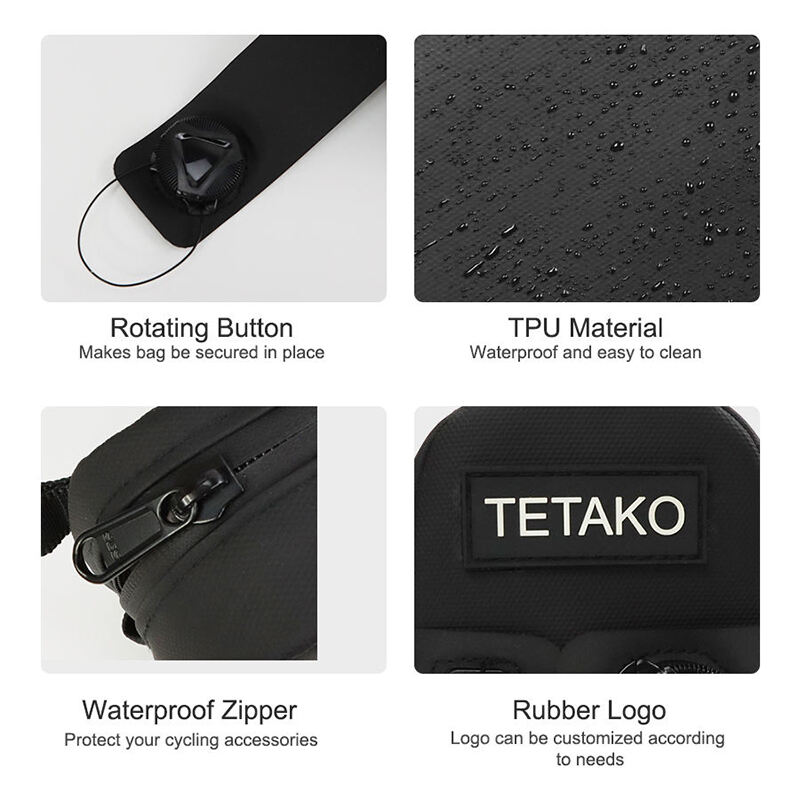
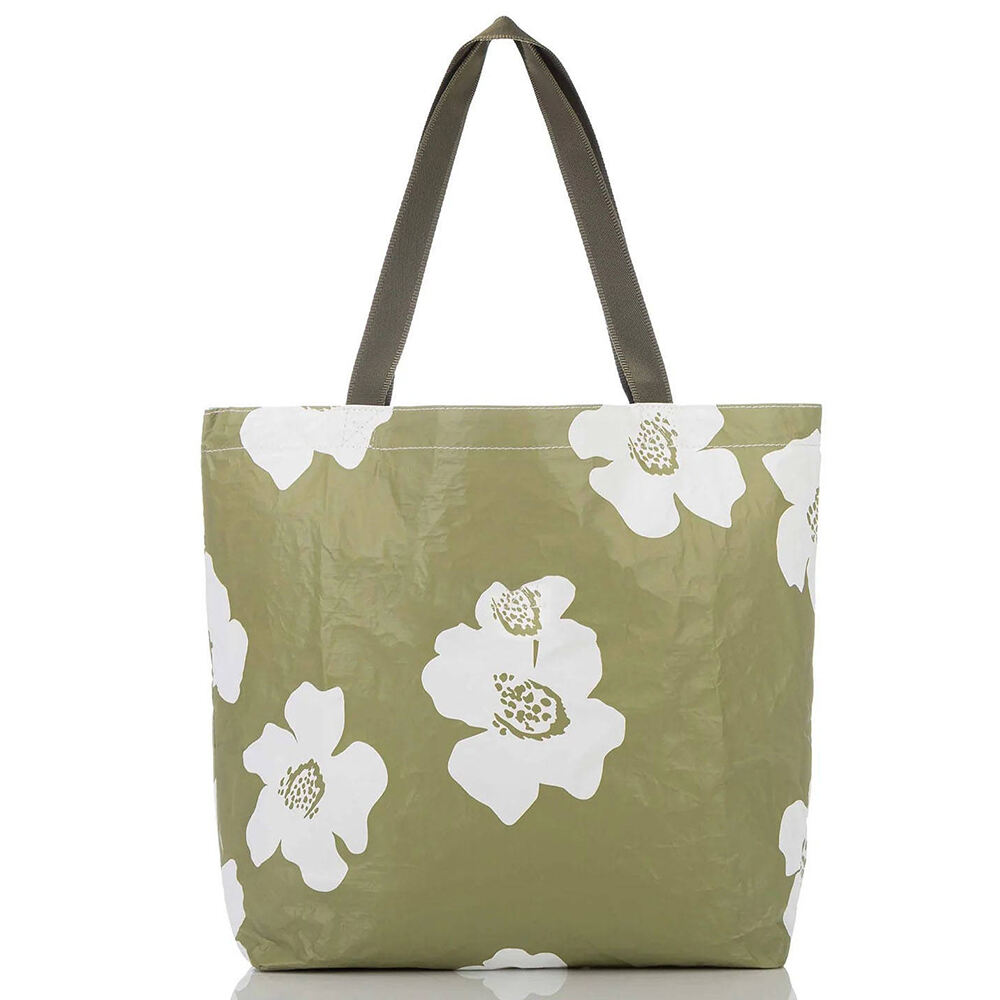
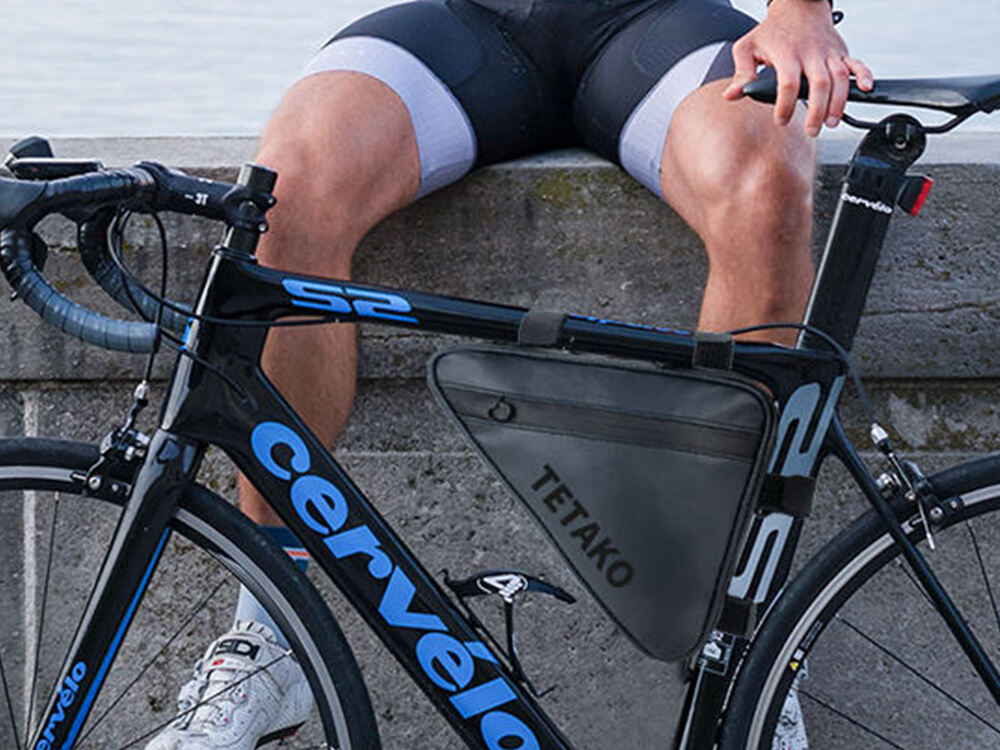

 Hot News
Hot News